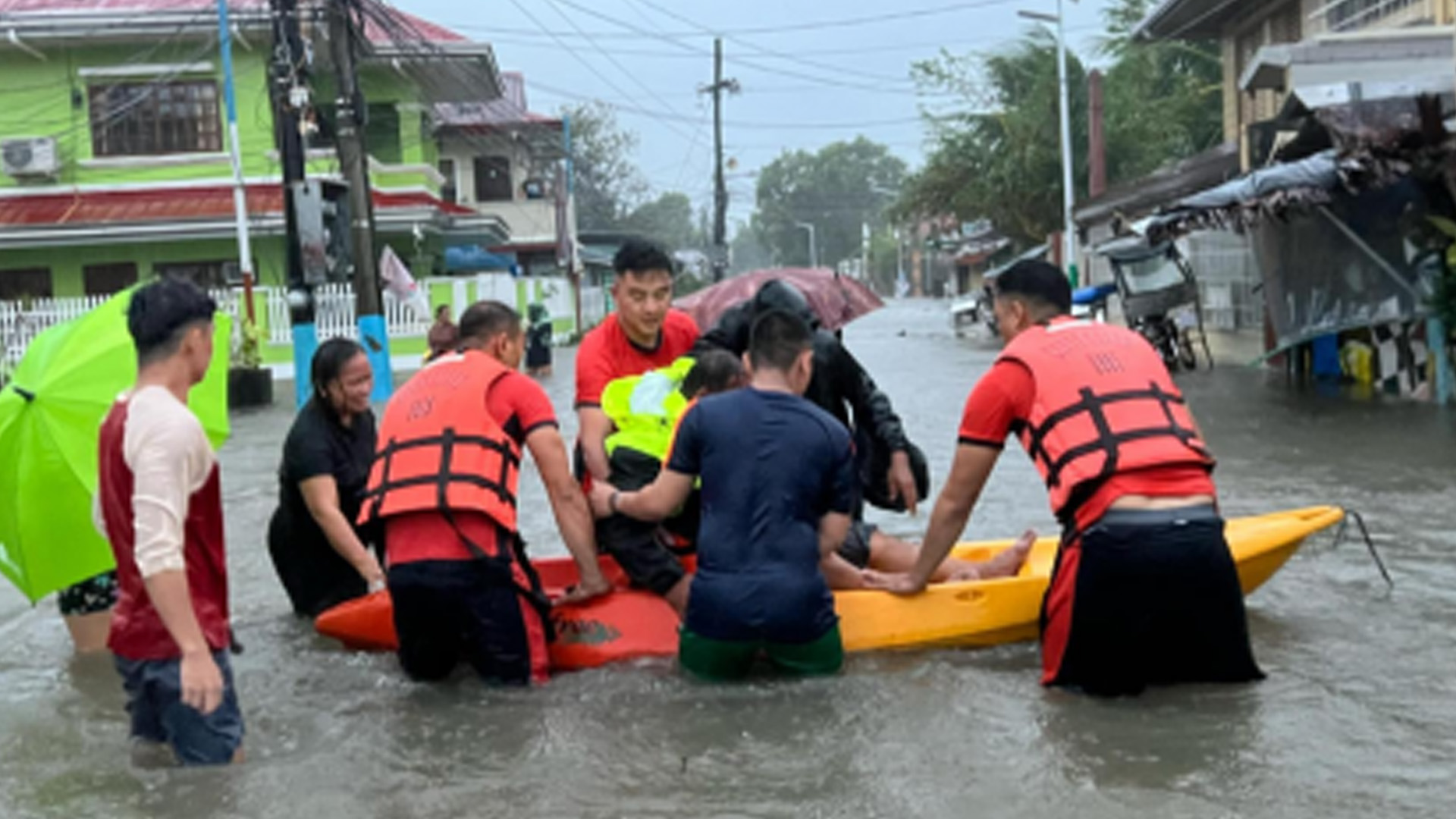Filipinos have improved in disaster preparedness especially in the use of hazard assessment tools but more needs to be done to make the Philippines more resilient to disasters, Office of Civil Defense (OCD) administrator Ariel Nepomuceno said Tuesday.
“We have seen improvements, specifically on the use of scientific data with Hazard Hunter or Geohazard maps,” Nepomuceno said in a statement.
The hazard assessment tools are crucial in enabling people to make informed decisions in preparing for or mitigating disasters, Nepomuceno said.
These tools are needed as around 20 typhoons visit the Philippines annually alongside the risk of earthquakes and volcanic eruptions.
“With these platforms, the people already know the hazards in their specified locations. We are equipping them with knowledge on the dangers they are facing—whether these are flood-prone, landslide-prone, and the like,” he said.
Disaster preparedness and climate change remain low on Filipinos’ list of priorities, he said.
“The government is relentless in the issuance of warnings for disasters, but some Filipinos have the tendency to ignore these alerts. Because of this, we are continuously finding ways to make our warnings more understandable, more creative, and more relevant to the people,” he said.
“In fact, for typhoons, we give warnings as early as three days before the onset of the cyclone.”
Nepomuceno cited Japan, which, despite being located on the Pacific Ring of Fire like the Philippines, is not listed on the World Risk Index. The Philippines tops this list.
“This only means that we still need a lot of interventions, and we have to work on our culture. While Japan has a lot of infrastructure projects, individually you also don’t see them throwing away trash on the streets,” he added. (PNA)








